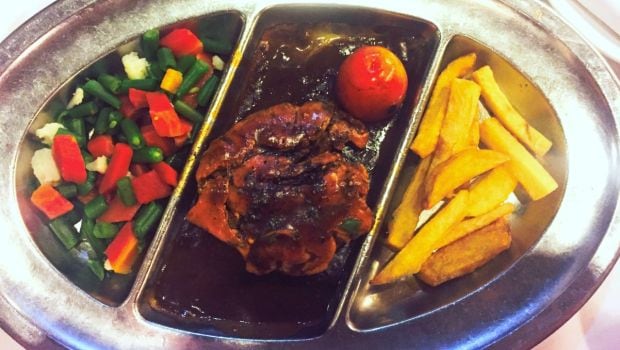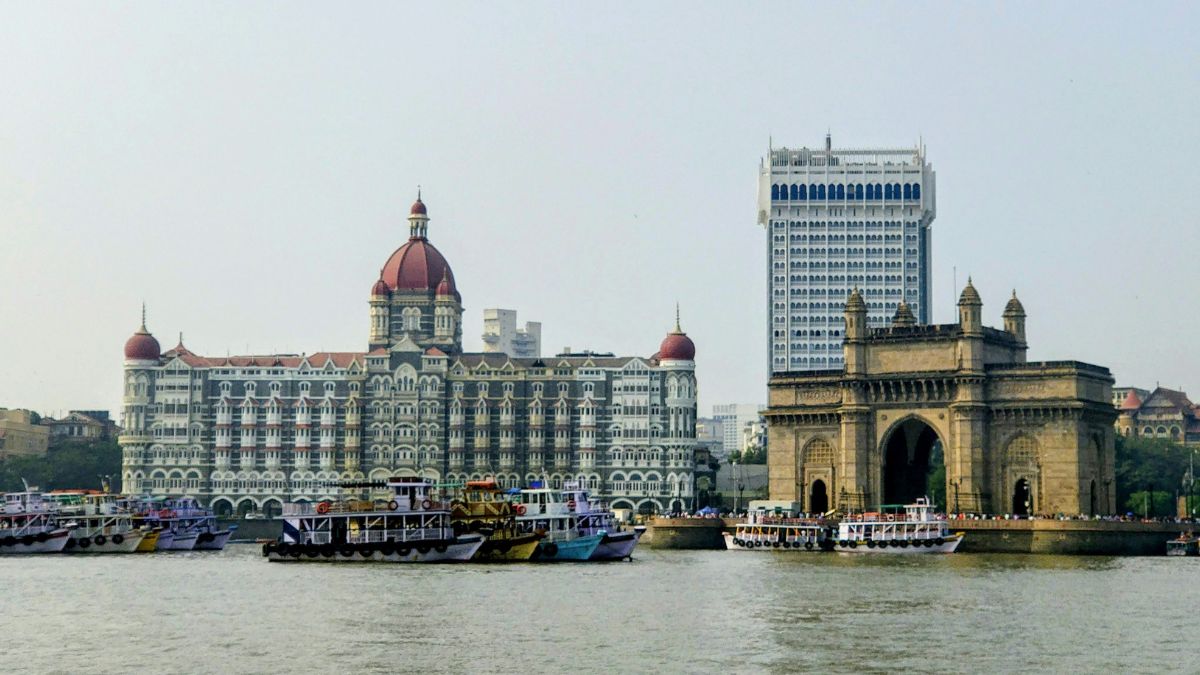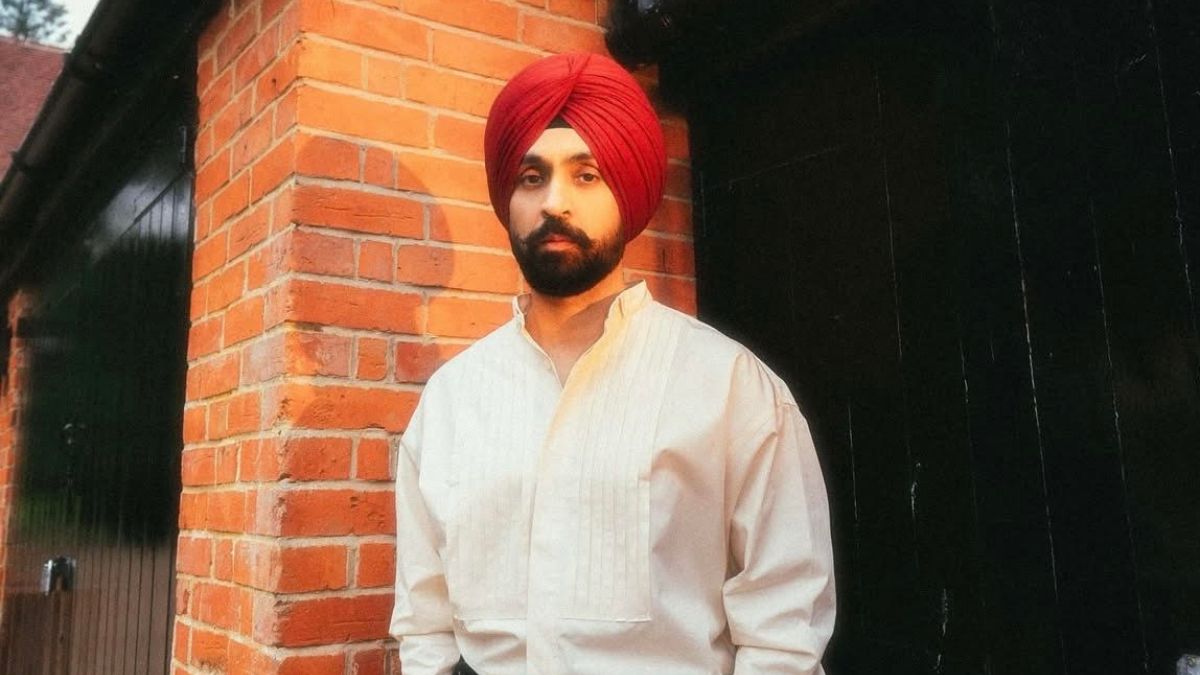I was recently invited by my brother-in-law for dinner to India International Centre. “Why not go to Khan Market, nearby,” I mused. Many more options to choose from and honestly, with my decent knowledge of food in the city, I had never heard anything exceptional about the food at IIC. However, the husband and I dressed up in our Sunday best and headed off towards Lodhi Road. I was ushered into a small bar area where tables were clumped together (too close for comfort). We ordered our drinks (at Rs.100 for a cocktail, I found half the charm of clubs right there). The food was old-school. Toothpicks with cheese, pickles and cherry tomatoes were served with the drinks, as were greasy fish fingers. Everybody spoke in hushed tones, much like a library, and phones were expected to be on mute. But when I looked around, I realised the other half of why clubs are such an attraction. Every other person in that room was from Delhi’s list of who’s who. There was a Booker Prize Winning Author, a renowned television journalist, the wife of one of India’s most celebrated (and controversial) Chief of Army Staff and a couple more recognisable faces.Then, I got it. The allure of club memberships lies not in exceptional food or drinks being served there. Instead, it is in the company you are seen with. The networking opportunities that it throws towards you. And in a city like Delhi, where ‘who you know’ is almost as important as ‘who you are’, clubs are the ultimate trump card.
 Chicken Pepper Steak, IIC
Chicken Pepper Steak, IIC
In the bygone era of the British Raj in India, there weren’t many restaurants where one could dine. Especially not of a standard where officers would be comfortable going. It was not so much about the food, it was more about the clientele, a place to socialise with your peers. In 1947, the British left India but also left behind some admirable things like the Indian Railway network, hill stations like Dalhousie and ofcourse, clubs. In the years to follow, clubs welcomed bureaucrats and a privileged few and it became a clique of a different kind.Cut to today, club memberships can no longer be bought. There is often a waitlist, that allegedly goes up to 20 years hence, making them a distant dream. From Gymkhana to India Habitat Centre and the like, the members closely guard their ‘exclusive’ status and frown upon new members, much like the nouveau riche were looked down upon by ‘old money’ in America in the early 20th century.
 Peruvian Quinoa, A Ta Maison, Sundar Nagar
Peruvian Quinoa, A Ta Maison, Sundar Nagar
But the evolved dining scene of Delhi has an answer to your woes if exclusivity is what you seek. Introducing – the concept of ‘Private Luxury Clubs’, a movement heralded by À Ta Maison. Tucked into the leafy bylanes of Sundar Nagar, ATM is a Private Luxury Club, one where you can buy annual membership and do not have to wait for years in the waitlist. It takes it a notch up. The décor is exquisite, with private nooks for business meetings, social tête-à-têtes and cosy dinners. And where old-school club food may be average, the food here is nothing short of spectacular. Chef Rahul Gomes Pereira (trained at The Oberoi), does an outstanding job, owing partly to the exceptional produce that they source, and largely to the skills he brings to the kitchen. The Chef is passionate about his food, and it shows on the plate. He plans to change the menu every few weeks, something that we quite look forward to.
 A Ta Maison, Sundar NagarEven standalone restaurants are getting inspired by clubs and trying to recreate the experience and the food in a more luxurious environment. Case in point is Delhi Club House, Chef Marut Sikka’s highly successful venture. The menu pays homage to clubs across the country and offers some of the popular dishes from each club. So you can now get flavours from Wellington Gymkhana, sitting in the middle of Delhi!As crowded as Delhi’s food scene may get, clubs continue to retain their charm. They are much like the fight club – if you’re in the fight club, you don’t talk about the fight club. Members like to guard this exclusivity and their privacy. But if you do happen to get invited to dine in one, do not turn down the offer, or even think twice like I did. You never know whom you may end up bumping into.Recommendations:IIC – Bhuna Gosht, Honey and Fig Ice Cream and Old FashionedATM – From the new menu – Tenderloin Carpaccio, Pan Seared Scallops and Espresso Martini or Old FashionedDelhi Club House – Chicken Cutlets, Mutton Pepper Fry and East India Cocktail
A Ta Maison, Sundar NagarEven standalone restaurants are getting inspired by clubs and trying to recreate the experience and the food in a more luxurious environment. Case in point is Delhi Club House, Chef Marut Sikka’s highly successful venture. The menu pays homage to clubs across the country and offers some of the popular dishes from each club. So you can now get flavours from Wellington Gymkhana, sitting in the middle of Delhi!As crowded as Delhi’s food scene may get, clubs continue to retain their charm. They are much like the fight club – if you’re in the fight club, you don’t talk about the fight club. Members like to guard this exclusivity and their privacy. But if you do happen to get invited to dine in one, do not turn down the offer, or even think twice like I did. You never know whom you may end up bumping into.Recommendations:IIC – Bhuna Gosht, Honey and Fig Ice Cream and Old FashionedATM – From the new menu – Tenderloin Carpaccio, Pan Seared Scallops and Espresso Martini or Old FashionedDelhi Club House – Chicken Cutlets, Mutton Pepper Fry and East India Cocktail
 Chicken Pepper Steak, IIC
Chicken Pepper Steak, IICIn the bygone era of the British Raj in India, there weren’t many restaurants where one could dine. Especially not of a standard where officers would be comfortable going. It was not so much about the food, it was more about the clientele, a place to socialise with your peers. In 1947, the British left India but also left behind some admirable things like the Indian Railway network, hill stations like Dalhousie and ofcourse, clubs. In the years to follow, clubs welcomed bureaucrats and a privileged few and it became a clique of a different kind.Cut to today, club memberships can no longer be bought. There is often a waitlist, that allegedly goes up to 20 years hence, making them a distant dream. From Gymkhana to India Habitat Centre and the like, the members closely guard their ‘exclusive’ status and frown upon new members, much like the nouveau riche were looked down upon by ‘old money’ in America in the early 20th century.

But the evolved dining scene of Delhi has an answer to your woes if exclusivity is what you seek. Introducing – the concept of ‘Private Luxury Clubs’, a movement heralded by À Ta Maison. Tucked into the leafy bylanes of Sundar Nagar, ATM is a Private Luxury Club, one where you can buy annual membership and do not have to wait for years in the waitlist. It takes it a notch up. The décor is exquisite, with private nooks for business meetings, social tête-à-têtes and cosy dinners. And where old-school club food may be average, the food here is nothing short of spectacular. Chef Rahul Gomes Pereira (trained at The Oberoi), does an outstanding job, owing partly to the exceptional produce that they source, and largely to the skills he brings to the kitchen. The Chef is passionate about his food, and it shows on the plate. He plans to change the menu every few weeks, something that we quite look forward to.

Advertisement
For the latest food news, health tips and recipes, like us on Facebook or follow us on Twitter and YouTube.
Tags:




